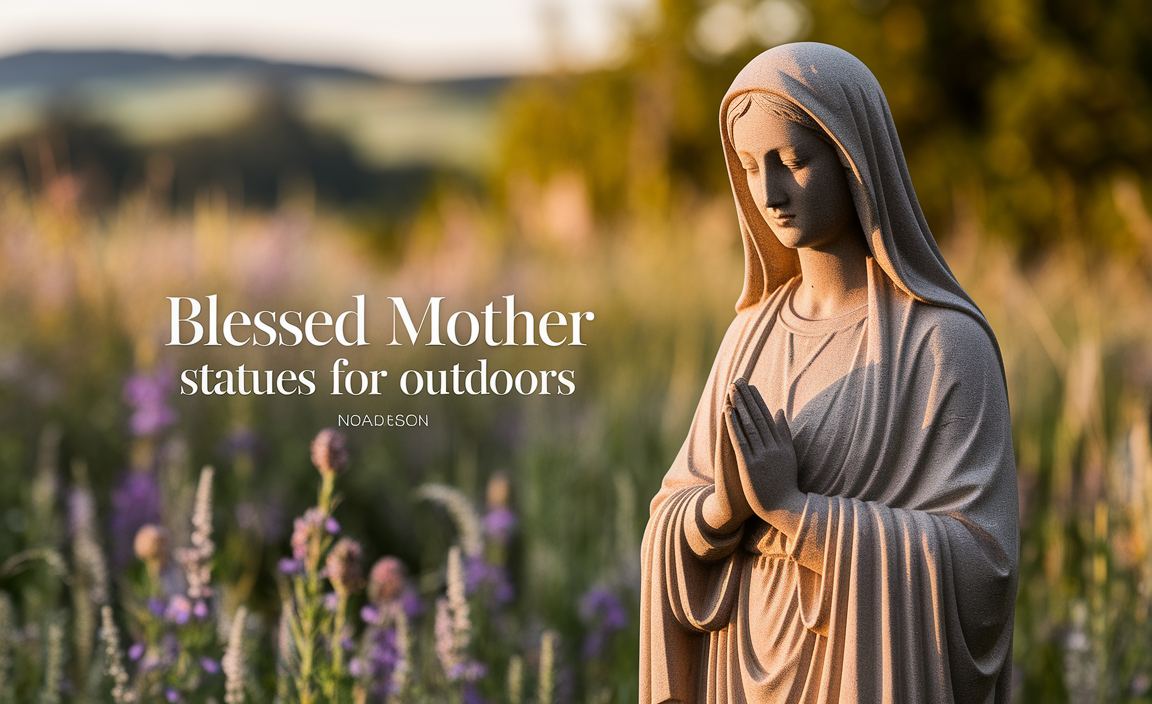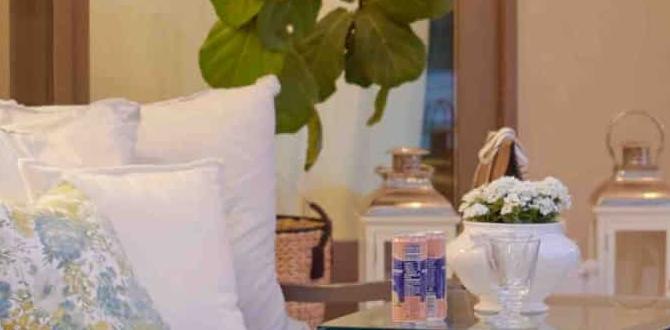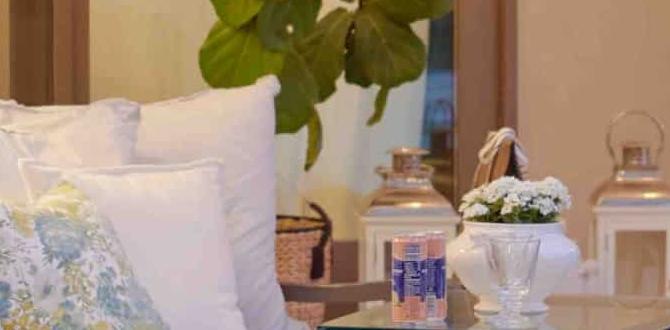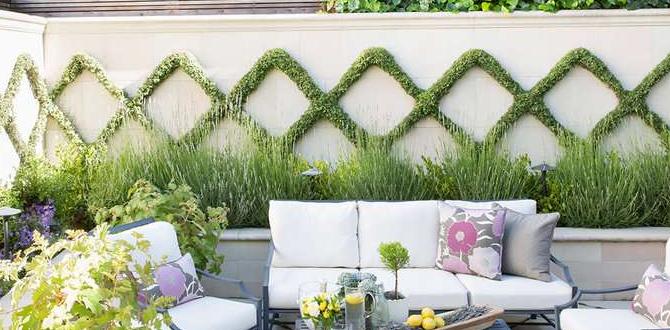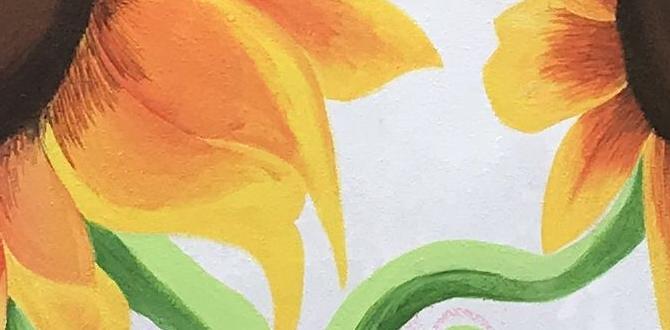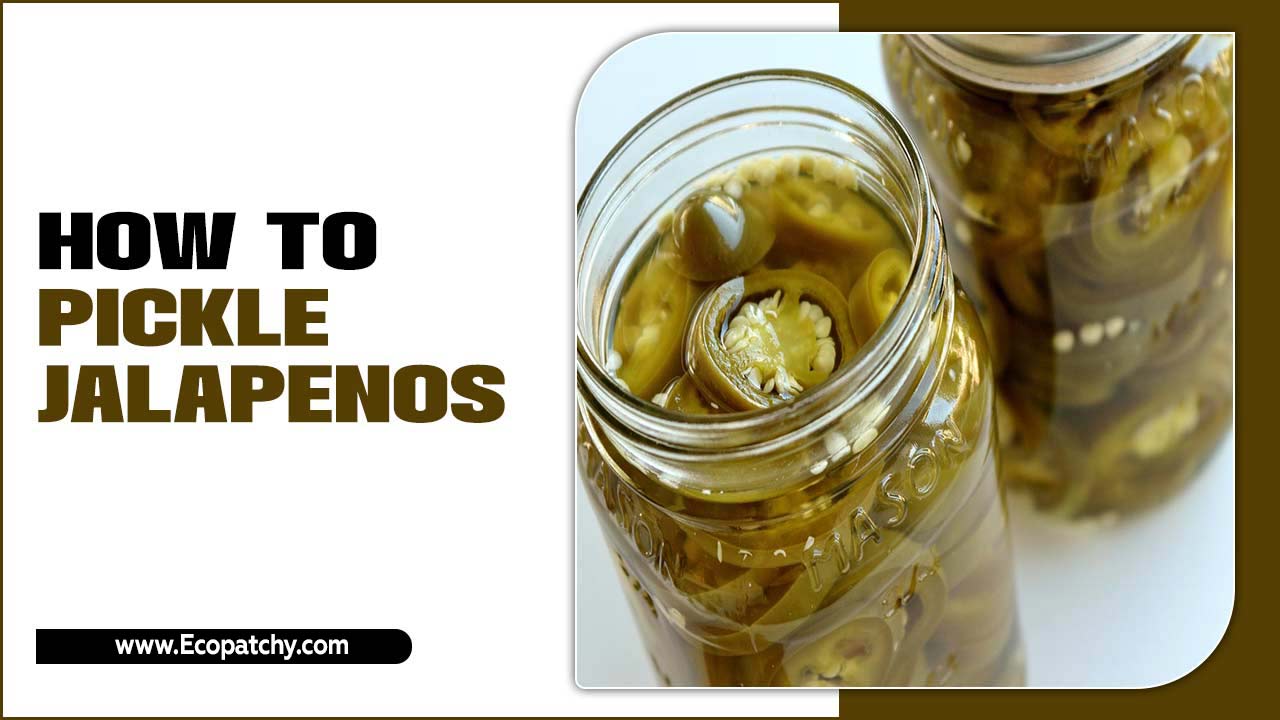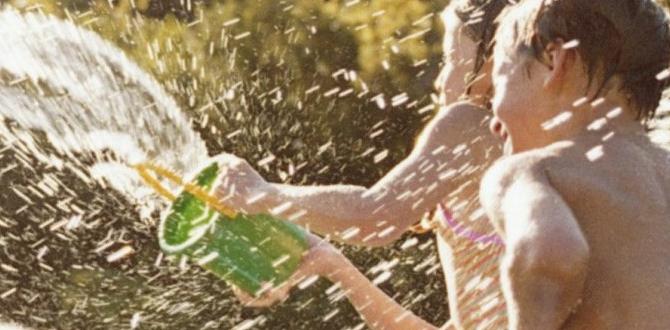Have you ever wondered if peat moss is good for gardens? Many gardeners ask this question. Peat moss often gets attention for its benefits. But what exactly does it do for plants? Let’s explore.
Imagine planting seeds in soft, rich soil. The tiny roots spread easily and soak up water. This is where peat moss shines. It helps the soil hold moisture and nutrients. The result? Healthy, thriving plants!
Did you know that peat moss can even improve the soil structure? This means it helps your garden breathe. It can make heavy soil lighter. This might sound surprising, but adding peat moss can change your gardening game.
So, the big question is: is peat moss good for gardens? Together, we’ll dive deeper and find out if your garden can benefit. Let’s dig into the details and uncover the truth!
Is Peat Moss Good For Gardens? Benefits And Uses Explained

Is Peat Moss Good for Gardens?
Peat moss offers numerous benefits for gardens. First, it improves soil structure, helping plants grow stronger. It retains moisture well, so your plants stay hydrated. Did you know it can also boost soil acidity? This is great for certain plants like blueberries. However, be mindful that harvesting peat can harm ecosystems. Consider using alternatives like coconut coir for a more eco-friendly option. Overall, peat moss can be a helpful addition if used wisely.What is Peat Moss?
Definition and origin of peat moss. Characteristics and composition of peat moss.
Peat moss is a soft, dark material found in wetlands. It forms from dead plants that break down very slowly over thousands of years. Imagine nature’s time capsule! It’s made mostly of decomposed plant matter and has a spongy texture, which helps hold moisture. Plus, it is slightly acidic, which is great for some plants. Check out the cool facts about peat moss in the table below:
| Characteristic | Description |
|---|---|
| Origin | Formed in bogs and wetlands |
| Composition | Made of decomposed plants |
| Texture | Soft and spongy |
| pH Level | Slightly acidic |
Using peat moss in gardens can be a game changer. It helps plants grow by keeping soil moist and airy. Just think of it as a cozy blanket for your plants!
Benefits of Using Peat Moss in Gardens
Improves soil structure and drainage. Retains moisture and nutrients effectively.Peat moss is great for helping your garden thrive. It has special qualities that make it a favorite for many gardeners. Here are the main benefits:
- Improves soil structure and drainage: Peat moss makes soil loose, allowing water and air to flow easily. This helps roots grow strong.
- Retains moisture and nutrients: It holds water and nutrients well. This means plants get what they need without constant watering.
Using peat moss can lead to healthier plants and vibrant blooms. It’s like giving your garden a boost!
How does peat moss help plants grow?
Peat moss provides the right balance of moisture and air, making it easier for plants to grow strong roots and absorb nutrients.
Environmental Impact of Peat Moss Harvesting
Effects on peatland ecosystems. Sustainability concerns and alternatives.Harvesting peat moss can harm the unique habitats of peatlands. These areas are home to many special plants and animals. Removing peat can upset the balance of nature, leading to less biodiversity. It’s like taking cookies out of a cookie jar—there won’t be any left to enjoy!
Many worry about the sustainability of this practice. Luckily, there are alternatives! Options like coconut coir or leaf mold create healthy soil without cutting down habitats. They’re like the superheroes of the gardening world. Using these substitutes helps keep our planet happy and thriving!
| Peat Moss | Alternatives |
|---|---|
| Harms peatland ecosystems | Coconut coir |
| Reduces biodiversity | Leaf mold |
| Long-term sustainability concerns | Compost |
How to Use Peat Moss in Your Garden
Recommended applications and mixing ratios. Best practices for integrating peat moss into different soil types.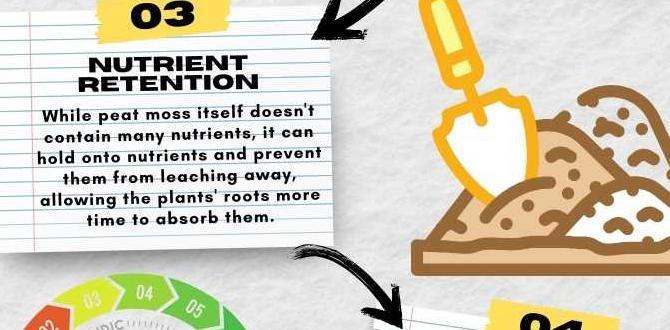
Adding peat moss to your garden can work wonders. Mix it into your soil to improve its quality. For most gardens, a ratio of 1 part peat moss to 3 parts soil is ideal. This helps retain moisture and provide nutrients. If you have sandy soil, use more peat moss for better water retention. In clay soil, mixing in peat moss helps to improve drainage. Here are some tips:
- Rake it into the soil before planting.
- Use it in potting mixes for container plants.
- Always spread it evenly for best results.
How much peat moss should you use in gardens?
The amount of peat moss varies with your soil type. For average gardens, aim for a 25% peat moss mixture. For vegetables, use about one inch layer on top of the soil each season to keep things healthy.
Common Myths About Peat Moss
Misconceptions regarding acidity and plant growth. Clarifications on its relation to organic gardening.Many believe peat moss is super acidic, which can scare gardeners away. However, it’s not as acidic as people think. It helps plants sip moisture and boosts growth without causing issues. There’s also a myth that peat moss isn’t organic. In reality, it’s a natural product! So, if you hear that peat is bad for your garden, remember: it’s more friend than foe. Your plants might thank you with some serious green thumbs! 🤗
| Myth | Fact |
|---|---|
| It’s too acidic for all plants. | Many plants thrive with peat moss. |
| Peat moss isn’t organic. | It is a natural product from decayed plants. |
Expert Opinions on Peat Moss Usage
Insights from horticulturists and gardeners. Case studies of successful gardening with peat moss.Many experts say peat moss is great for gardens. Farmers and gardeners love it for its ability to hold water and provide nutrients. Horticulturists have shared stories of amazing gardens that use peat moss. Here are some insights:
- Peat moss improves soil structure.
- It helps plants grow stronger roots.
- Many gardens thrive with added peat moss.
In one case, a local garden saw a 30% increase in plant growth after using peat moss. Such success shows why many choose peat moss as a gardening helper!
Is peat moss good for plant growth?
Yes, peat moss is good for plant growth. It helps soil retain moisture and adds important nutrients. This makes plants healthier and more vibrant.
Long-term Effects of Peat Moss on Soil Health
Benefits over time and potential drawbacks. Monitoring soil conditions after peat moss application.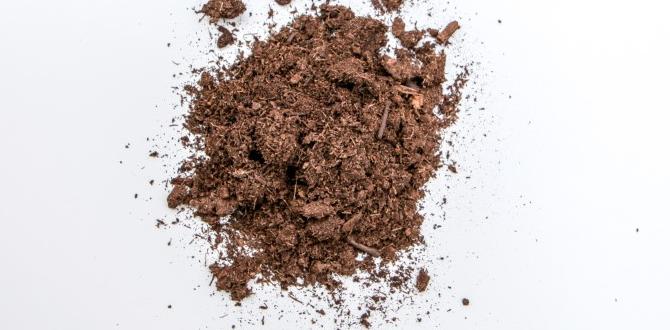
Peat moss can improve soil health in many ways over time. It makes soil better at holding water and nutrients. This helps plants grow strong and healthy. However, using peat moss can also have some downsides. It can lower soil pH, making it too acidic for some plants. Regularly checking soil conditions is important after adding peat moss. This helps ensure that the soil stays friendly for your garden.
- Benefits:
- Holds moisture
- Provides nutrients
- Enhances drainage
- Drawbacks:
- Can increase acidity
- Might not be sustainable long-term
How does peat moss affect soil health over time?
Peat moss benefits soil by improving water retention and adding nutrients, but excess use may lead to acidity. Monitor your garden’s soil regularly!
Conclusion
In conclusion, peat moss is great for gardens. It improves soil structure, retains moisture, and boosts plant growth. You can use it when planting flowers or vegetables. Just be aware of its environmental impact and consider alternatives like coconut coir. For more tips on using peat moss or other soil amendments, explore gardening resources or ask local experts. Happy gardening!FAQs
What Are The Benefits Of Using Peat Moss In Garden Soil?Peat moss helps make garden soil better. It holds water, so your plants drink more easily. It also helps air reach the roots, which keeps plants healthy. Plus, it makes the soil softer, so roots can grow better. Using peat moss can make your garden happy and green!
How Does Peat Moss Affect Soil Drainage And Moisture Retention In Gardens?Peat moss helps soil in gardens by both holding water and letting extra water drain. It keeps the soil moist, so your plants don’t dry out. At the same time, it stops the soil from becoming too soggy, which can harm plants. Using peat moss makes your garden healthy and happy!
Are There Any Environmental Concerns Associated With Harvesting Peat Moss For Gardening?Yes, there are environmental concerns with harvesting peat moss. When we take it from the ground, we disturb the plants and animals living there. This can hurt their homes and lead to climate change. Peat moss takes a long time to grow back, so we should think carefully about using it. Alternatives, like coconut coir or compost, can help us garden without these problems.
Can Peat Moss Be Used As A Substitute For Compost In Organic Gardening?Peat moss can be used in organic gardening, but it’s not a perfect substitute for compost. While it helps with moisture and air, it doesn’t give plants nutrients like compost does. You can mix peat moss with compost for good results. Just remember to use both for the best plant growth!
How Should Peat Moss Be Properly Incorporated Into Garden Beds For Optimal Results?To use peat moss in garden beds, first, break it up into smaller pieces. Then, mix it into the soil evenly. Aim for about one part peat moss to three parts soil. This helps the soil hold water and stay healthy. Finally, plant your flowers or vegetables, and watch them grow!

